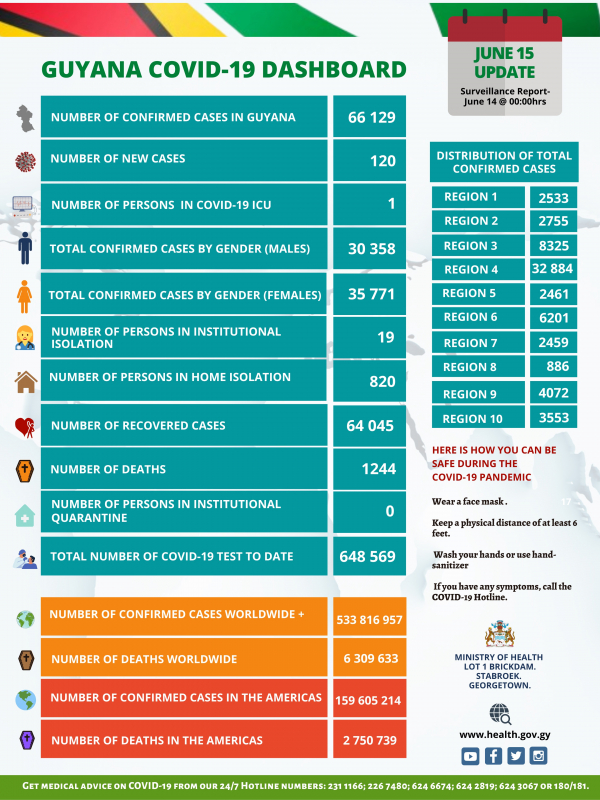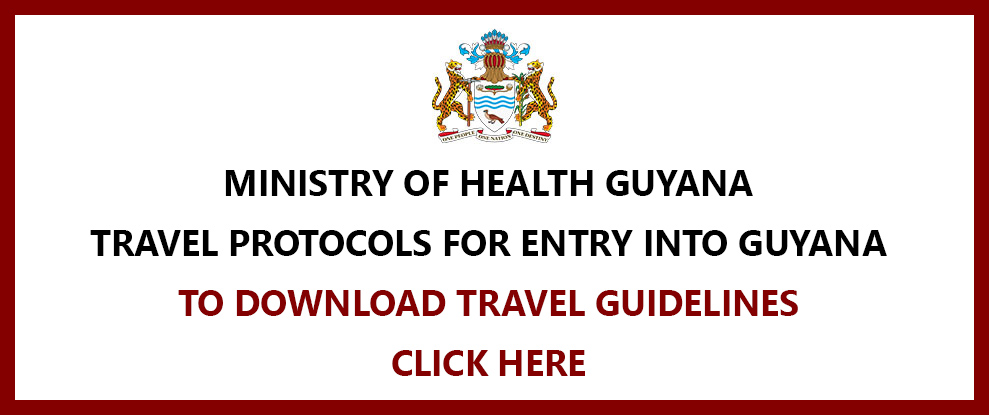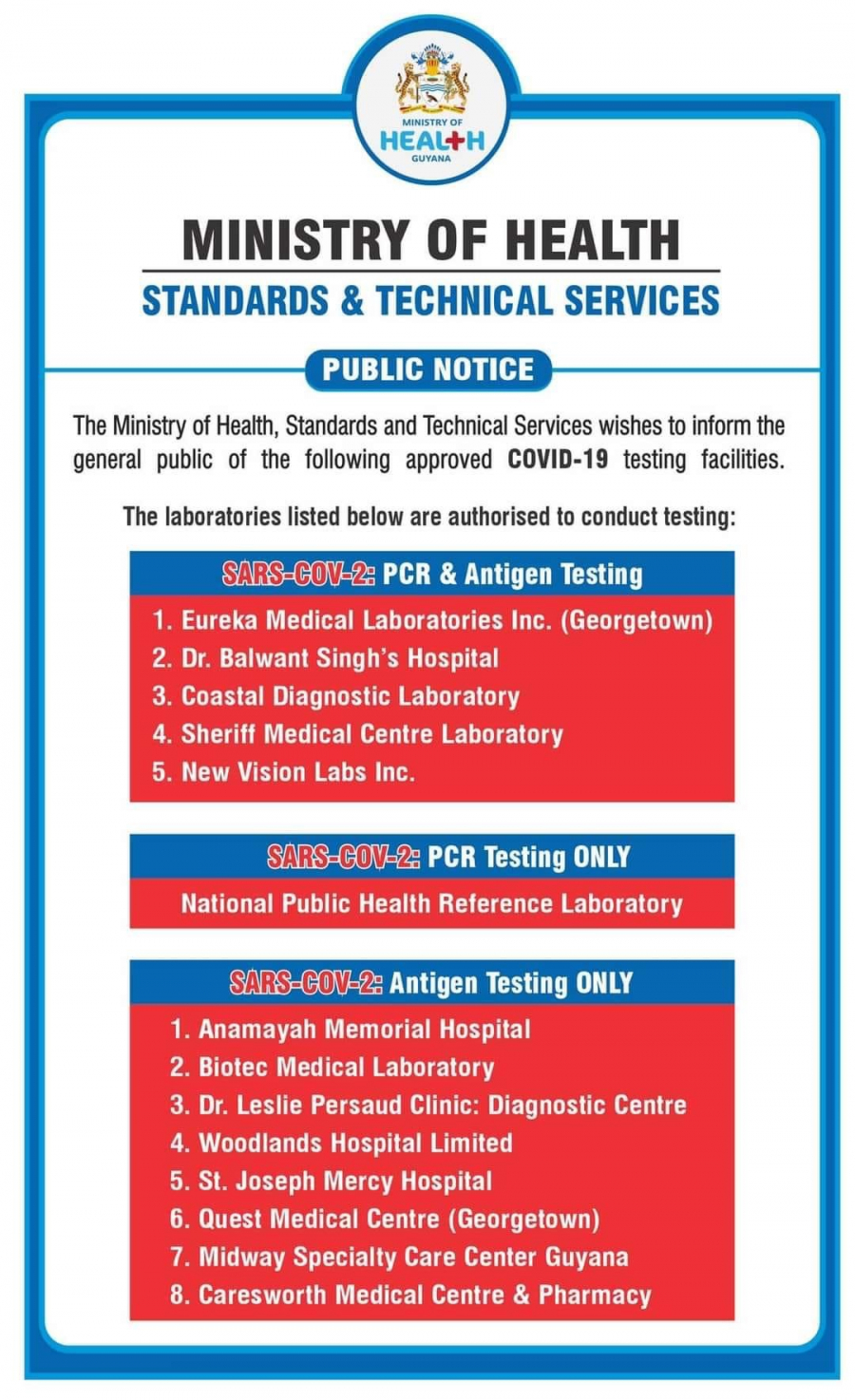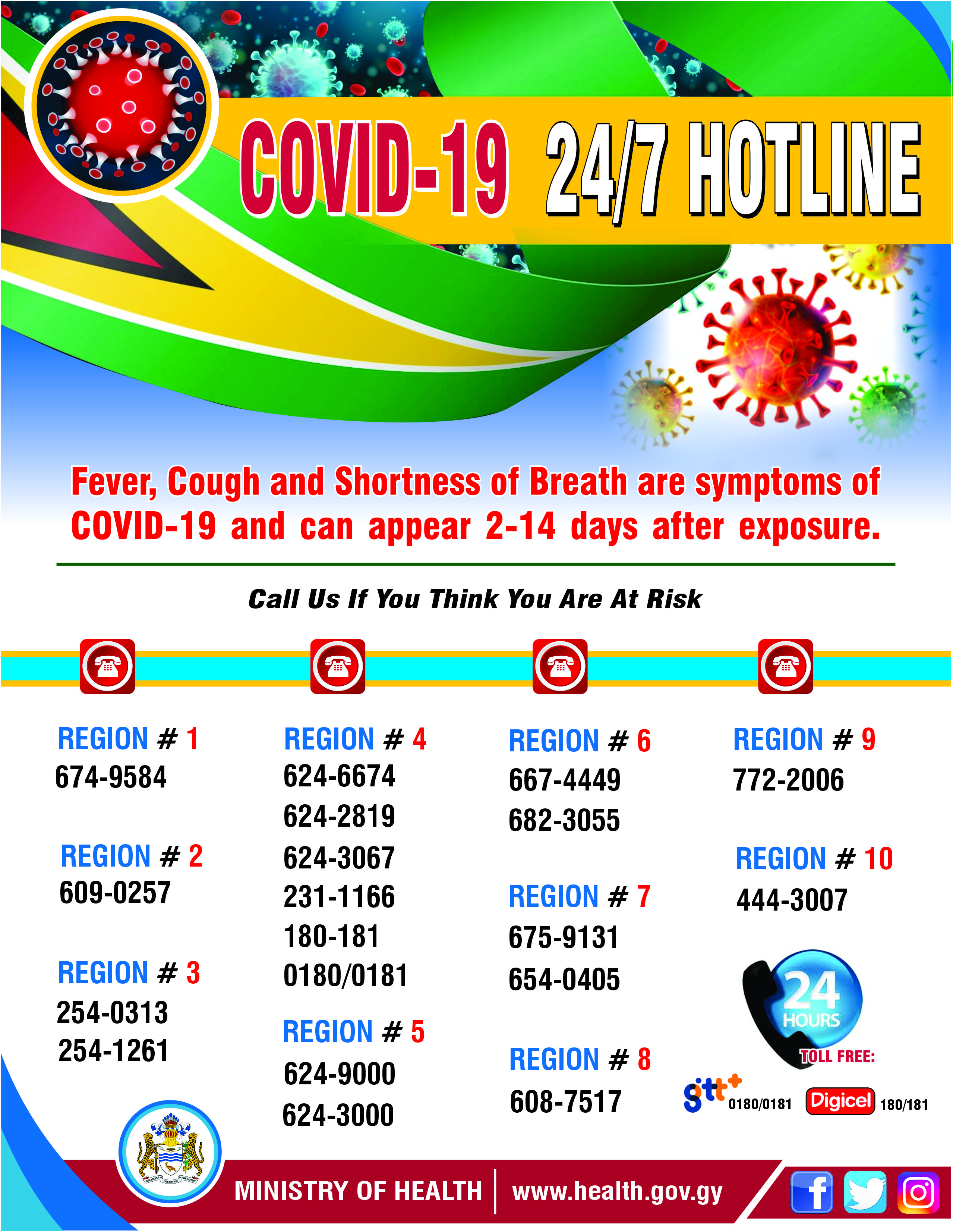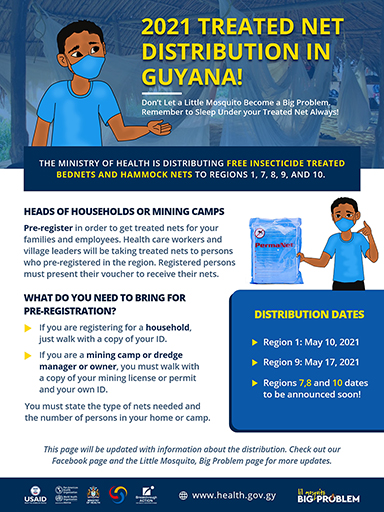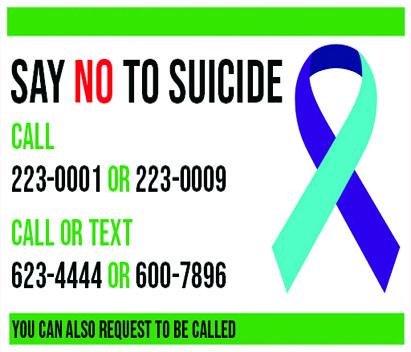- Details
- Written by Super User
- Category: Vaccination
- Published: 27 July 2016
- Hits: 6788
Hepatitis B Vaccine FAQs
Q: What is Hepatitis B?
A: Hepatitis B is a viral infection that attacks the liver and can cause both acute and chronic disease. The virus is transmitted through contact with the blood or other body fluids of an infected person.
Q: At what age do persons usually receive the Hepatitis B vaccine?
A: Persons receive the vaccine at 2, 4, and 6 months old. It is also given primarily to adolescents who did not receive all three doses as a baby.
Q: How often do persons have to take this vaccine?
A: The vaccine protects against the infection for atleast 20 years.
Q: What are the side effects of this vaccine?
A: Common side effects of the vaccine are: fatigue, pain and tenderness at the injection site, fever and headache
Q: Where can persons receive this vaccine?
A: The Vaccine is given to children at the Child Health clinic at their Health centre or at the Ministry of Public Health’s Vaccination Centre
- Details
- Written by Super User
- Category: Vaccination
- Published: 27 July 2016
- Hits: 4342
Haemophilus Influenza Type B Vaccine FAQs
Q: What is Haemophilus Influenzae Type B?
A: Haemophilus Influenzaetype b is a Gram-negative bacterium that causes meningitis and acute respiratory infections, mainly in children. It can also affect adults with certain medical conditions.
Q: At what age do persons usually receive the Haemophilus Influenzae Type B vaccine?
A: The Vaccine is usually given to persons starting at 2 months of age
Q: What are the side effects of this vaccine?
A: Side effects include soreness in the injection site and a mild fever
Q: Where can persons receive this vaccine?
A: The Vaccine is given to children at the Child Health clinic at their Health centre or at the Ministry of Public Health’s Vaccination Centre
- Details
- Written by Super User
- Category: Vaccination
- Published: 27 July 2016
- Hits: 8286
Inactivated Polio Vaccine (IPV) And Bivalent Oral Polio Vaccine (BOPV) FAQs
Q: What is Polio?
A: Poliomyelitis (Polio) is a highly infectious disease caused by a virus that attacks the nervous system. Children younger than 5 years old are more likely to contract the virus than any other group
Q: At what age do children usually receive the Polio Vaccine?
A: The first dose of the polio vaccine is given in the form of the Inactivated Polio Vaccine (IPV) which is then followed by the Bivalent Oral Polio Vaccine (bOPV) which is given to children at 2, 4 and 6 months, and a booster is given at 18 months and 3 years 9 months. This completes the primary coverage.
Q: What are the side effects of these vaccines?
A: There are hardly any side effects of these vaccines, but children can develop a mild fever.
Q: Where can children receive these vaccines?
A: The Vaccines are given to children at the Child Health clinic at their Health centre or at the Ministry of Public Health’s Vaccination Centre
- Details
- Written by Super User
- Category: Vaccination
- Published: 27 July 2016
- Hits: 3796
Diphtheria And Tetanus (DT) Vaccine FAQs
Q: What are Diphtheria and Tetanus?
A: Diphtheria is an acute and highly infectious disease which is caused by a bacterium. The disease is transmitted through contact with an infected person, contaminated objects, or droplet infection, that is, by sneezing, coughing or talking. This disease affects the membrane in the throat which hinders breathing and swallowing and can lead to death.
Tetanus is a serious bacterial disease that affects the nervous system, leading to painful muscle contractions, particularly of the jaw and neck muscles. Tetanus can interfere with one’s ability to breathe and can threaten one’s life. Tetanus is commonly known as "lockjaw."
Q: At what age do persons usually receive the Diphtheria and Tetanus vaccine?
A: The vaccine is given to children at 2, 4, 6, 18 months and 3 years 9 months old.
Q: What are the side effects of this vaccine?
A: Like with many vaccines, this vaccine can cause soreness in the injection site and a mild fever.
Q: Where can children receive these vaccines?
A: The Vaccines are given to children at the Child Health clinic at their Health centre or at the Ministry of Public Health’s Vaccination Centre
- Details
- Written by Super User
- Category: Vaccination
- Published: 27 July 2016
- Hits: 4813
Measles, Mumps And Rubella Vaccine FAQs
Q: What are Measles, Mumps and Rubella?
A: Measles is a highly infectious viral disease which spreads through contact with droplets from the nose, mouth and throat. It affects mostly children.
Mumps is a viral infection that primarily affects the parotid glands — one of three pairs of saliva-producing (salivary) glands, situated below and in front of your ears.
Rubella is a contagious viral infection best known by its distinctive red rash. It is not the same as measles (rubeola), though the two illnesses do share some characteristics, including the red rash. However, rubella is caused by a different virus than that of measles, and is neither as infectious nor usually as severe as measles.
Q: How are Measles, Mumps and Rubella prevented?
A: These infections are prevented using Measles, Mumps and Rubella (MMR) vaccine.
Q: At what age do persons usually receive the Measles, Mumps and Rubella (MMR) vaccine?
A: The vaccine is typically given to children at age 12 months and 18 months. Adults can have 2 doses at a 6 week interval and this lasts a lifetime.
Q: What are the side effects of this vaccine?
A: Side effects of the MMR vaccine include pain at the injection site, fever, mild rash, temporary pain and stiffness in the joints, mostly in teenage or adult women who did not already have immunity to the Rubella component of the vaccine.
Q: Where can children receive this vaccine?
A: The Vaccine is given to children at the Child Health Clinic at their health centre or at the Ministry of Public Health’s Vaccination Centre.

